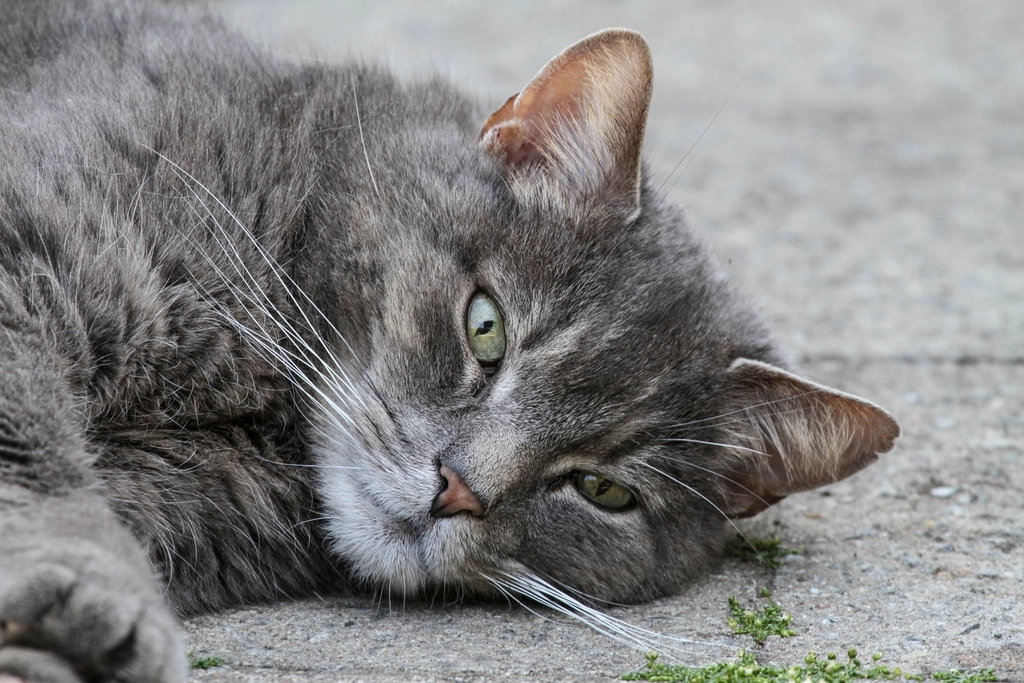Imagine your cat hiding under the bed, ears back, tail wrapped tight—a little bundle of nerves in a big, unpredictable world. If you’re a cat lover, you know how sensitive these wonderful creatures can be. Their emotions run deep, shaping everything from their appetite to their quirky play. What if you could transform your home into a haven where your cat feels safe, confident, and in control? Understanding how to nurture your cat’s emotional well-being isn’t just rewarding—it’s essential for a happy, harmonious home.
Understanding Feline Emotions

Cats may look mysterious and aloof, but beneath their cool exterior lies a world of complex emotions. Just like people, cats can feel joy, fear, anxiety, and even frustration. You might see these feelings in the twitch of their tail or the way they blink at you slowly. Recognizing your cat’s emotional signals is the first step in helping them feel secure. Cats thrive when their emotional needs are met and can become withdrawn or even aggressive if they’re stressed. Think of a cat’s emotions as a delicate balance—when it’s off, everything else can seem out of sync. Taking time to watch and learn their unique cues will help you better support their sense of control.
Creating a Safe and Predictable Environment

Cats are creatures of habit, and they flourish in environments where they can predict what happens next. Sudden changes, loud noises, or unfamiliar people can leave them feeling anxious and out of control. To help your cat feel emotionally secure, establish routines for feeding, play, and quiet time. Keep their living space organized, with favorite spots to hide or climb. Make sure dangerous or stressful items—like vacuum cleaners—are tucked away when not in use. A safe, predictable environment is like a security blanket for your cat, giving them the confidence to explore and interact.
The Power of Choice: Letting Your Cat Decide

One of the best ways to help your cat feel in control is by offering choices. Allow them to choose when to approach you for affection or when to retreat for alone time. Provide multiple cozy beds, scratching posts, and perches so your cat can pick their favorite spots. When introducing something new, like a toy or a visitor, let your cat investigate at their own pace. By giving your cat options, you’re showing respect for their boundaries and independence. This autonomy builds their confidence and helps reduce feelings of helplessness.
Reading and Respecting Body Language

Cats speak volumes with their bodies. A flicking tail, flattened ears, or dilated pupils are all signs of how your cat is feeling. Learning to read these subtle signals is crucial to supporting their emotional control. If your cat seems tense or scared, avoid forcing interaction. Instead, give them space and let them come to you when they’re ready. Respecting your cat’s signals not only prevents stress but also builds trust between you. Like a dance, the more you pay attention to your partner’s moves, the more harmonious the relationship becomes.
Enrichment: Stimulating Mind and Body

Boredom is a recipe for feline frustration. Enrichment—providing new and interesting activities—keeps your cat’s mind sharp and their mood balanced. Rotate toys regularly, offer puzzle feeders, and create opportunities for climbing and exploring. Even a simple cardboard box can become an adventure! Interactive play sessions allow your cat to exercise their natural hunting instincts, giving them a sense of accomplishment. Mental and physical stimulation is key to helping your cat feel in control of their environment, reducing anxiety and boosting happiness.
Building Trust with Positive Interactions

Trust doesn’t happen overnight—it’s built through gentle, positive experiences. Always approach your cat calmly and speak softly. Use treats and praise to reward brave behavior, like coming out of hiding or exploring a new space. Never force your cat into situations that scare them; instead, encourage gradual exposure with lots of encouragement. Over time, your cat will learn that you’re a source of comfort and safety. This trust becomes the foundation for emotional security, empowering your cat to face the world with confidence.
Using Calming Aids and Techniques

Sometimes, even with the best intentions, a cat may need extra help to feel emotionally balanced. Calming aids like pheromone diffusers, soft music, or cozy hiding spots can make a world of difference. Gentle petting, slow blinking, or simply sitting quietly nearby can help soothe a stressed cat. For particularly anxious felines, consult your veterinarian about supportive options. These small gestures show your cat that their feelings matter, creating a home where they truly feel in control.

Linnea is a born and bred Swede but spends as much time as possible in Cape Town, South Africa. This is mainly due to Cape Town’s extraordinary scenery, wildlife, and atmosphere (in other words, because Cape Town is heaven on earth.) That being said, Sweden’s majestic forests forever hold a special place in her heart. Linnea spends as much time as she can close to the ocean collecting sea shells or in the park admiring puppies.






